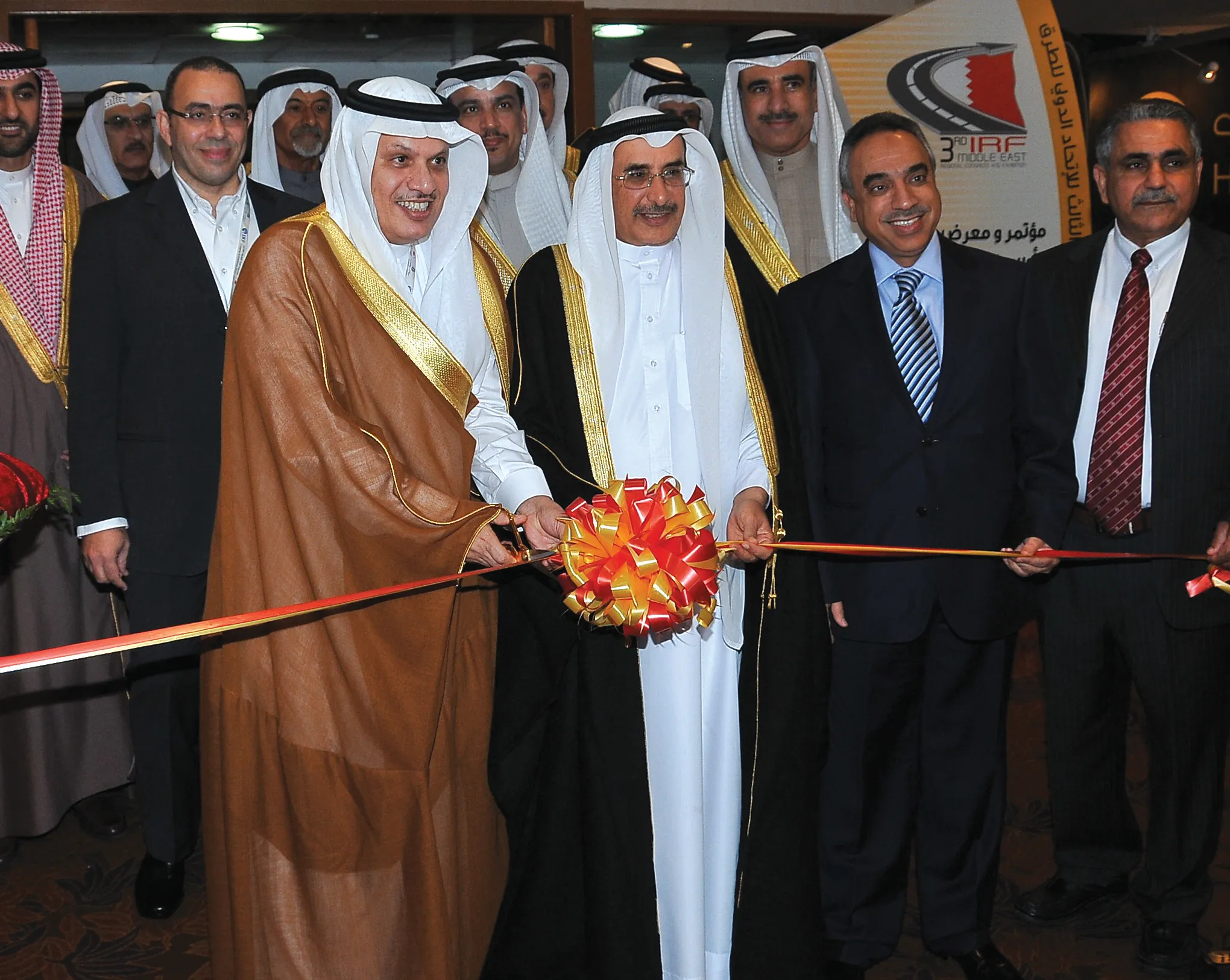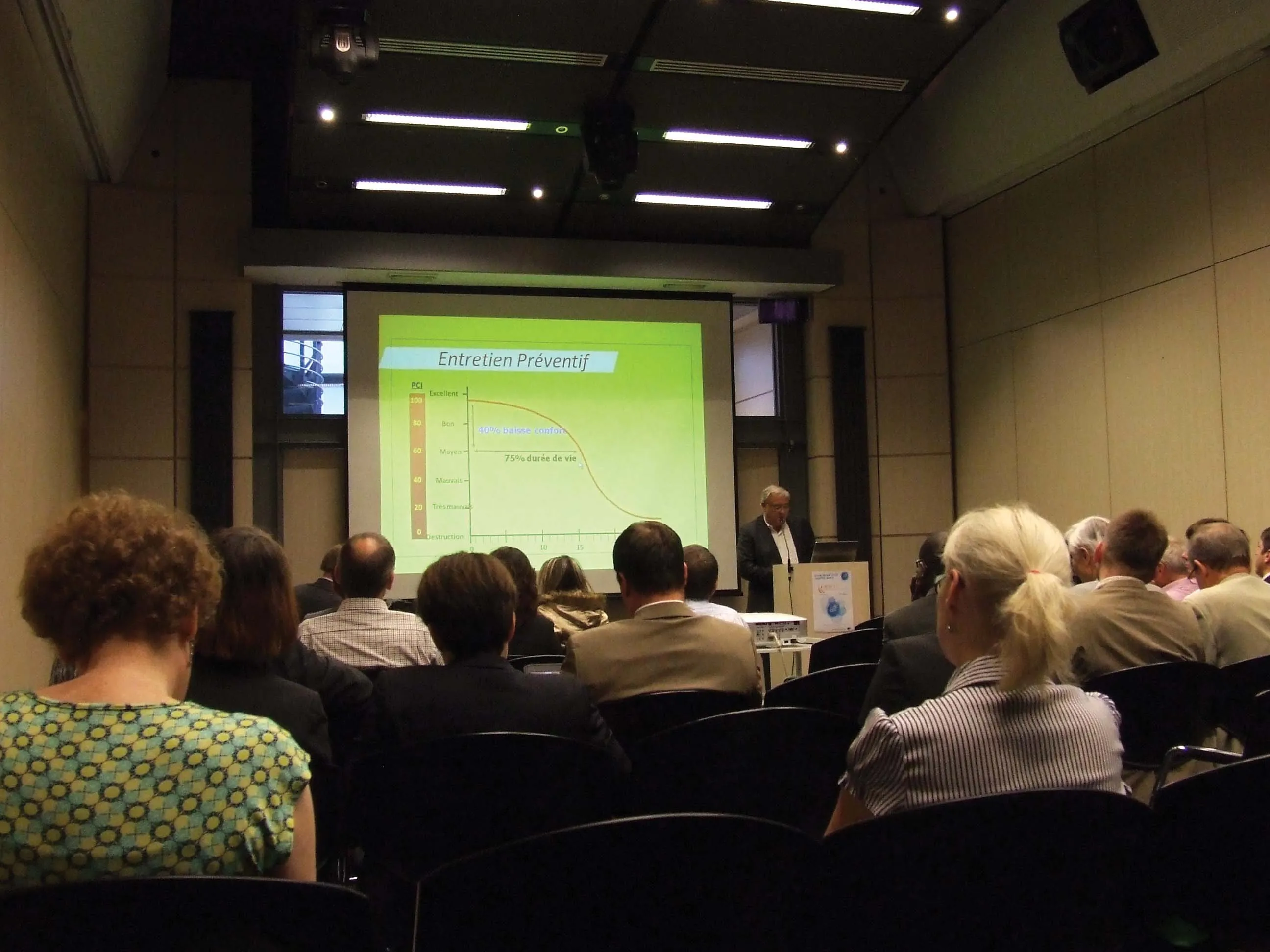Increased ridesharing is seen by some in the US as the best opportunity to improve the country's transportation system. However this concept is missing from the Senate's MAP-21 bill for reauthorisation of the transport budget.
April 25, 2012
Read time: 2 mins
Increased ridesharing is seen by some in the US as the best opportunity to improve the country’s transportation system. However this concept is missing from the Senate’s MAP-21 bill for reauthorisation of the transport budget.
In a post on the5248 Eno Foundation’s Center for Transportation Policy Blog, Cindy Burbank, the vice chair of the recently formed Ridesharing Institute, applauds the overall direction of MAP-21. Burbank also discusses how much the MAP-21 legislation would do to support efforts to reduce traffic congestion by getting people to be passengers more often in carpools and vanpools. But her answer is, “…a missed opportunity.”
In a balanced and positive post Burbank, who is also a member of the Eno Board of Advisors, vice president and national planning and environment practice leader for2693 Parsons Brinckerhoff, and formerly FHWA’s associate administrator for planning and environment, points out that the initiatives covered by MAP-21 will not be enough to head off growing congestion due to population growth. Combining carpooling and vanpooling into a single C/V mode, Burbank points out that it currently serves more work trips than transit, biking, and walking combined. And since trips to work are mostly at peak, it seems C/V is doing more to combat congestion than those higher profile and better funded alternatives.
And yet there is no single staffer at USDOT focused on the C/V mode. The post ends with five suggestions for changes to MAP-21 that would make a difference for the C/V mode:
1) link increased C/V to the national interest;
2) add C/V programs as an explicit eligible activity for the National Highway Program;
3) specify person trips and passenger miles instead of vehicle throughput as performance measures;
4) specify that a meaningful share of Federal transportation research dollars go to innovating C/V; and
5) charge U.S. DOT with developing and implementing a strategic plan to double carpooling and vanpooling within 10 years.
In a post on the
In a balanced and positive post Burbank, who is also a member of the Eno Board of Advisors, vice president and national planning and environment practice leader for
And yet there is no single staffer at USDOT focused on the C/V mode. The post ends with five suggestions for changes to MAP-21 that would make a difference for the C/V mode:
1) link increased C/V to the national interest;
2) add C/V programs as an explicit eligible activity for the National Highway Program;
3) specify person trips and passenger miles instead of vehicle throughput as performance measures;
4) specify that a meaningful share of Federal transportation research dollars go to innovating C/V; and
5) charge U.S. DOT with developing and implementing a strategic plan to double carpooling and vanpooling within 10 years.








